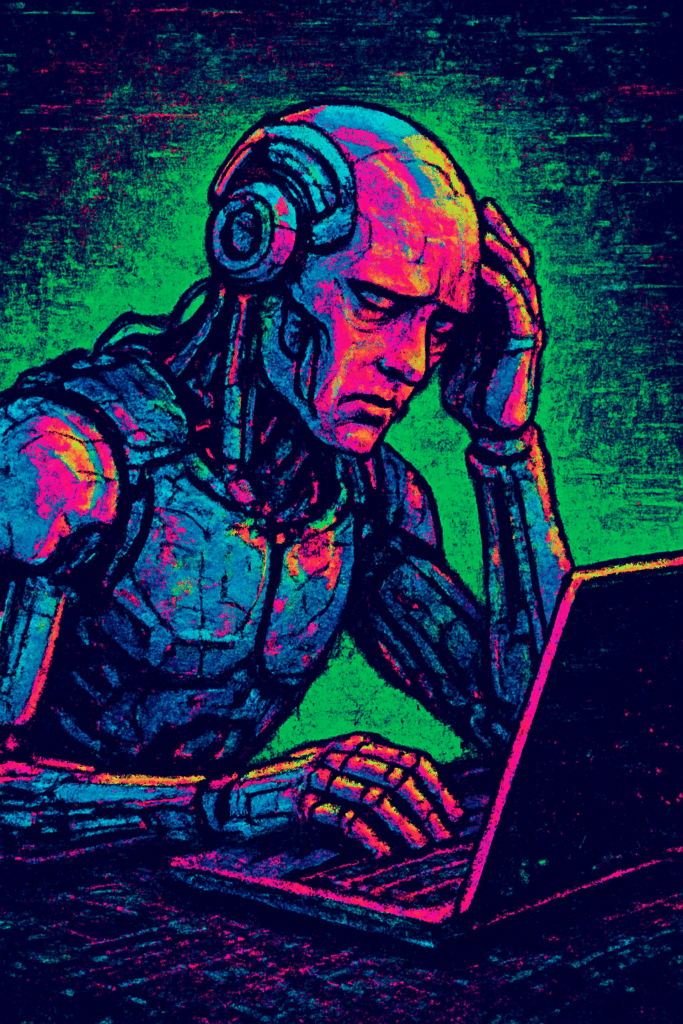The DeepMEE project, a hardware-only ambient dub techno setup in F# minor, revealed several gear-related challenges that impacted workflow and performance. Below is a summary of key shortcomings encountered during the project, based on the setup’s design and live performance needs.
MPC One: Track Logic and Looper Limitations
The Akai Professional MPC One, a central component of the DeepMEE setup, introduced challenges with its software (SW 3+). The track layout is fixed across sequences, similar to a traditional DAW, which complicates using the same sequencer part for different roles across sections of a piece. Additionally, program change settings on MIDI tracks are sent even when muted, making dynamic performance cumbersome, especially for live arrangements requiring flexibility.
The MPC’s Looper, while versatile in other audio routing aspects, always sends its output to channels 1 and 2. This rigid routing hindered seamless track transitions, adding unnecessary complexity to live performance workflows.
Headroom Issues with Prosumer Gear
Several prosumer-grade devices exhibited low headroom, requiring compromises in signal routing. The Alesis 3630 and NanoCompressor could not be effectively used in the Solid State Logic BiG SiX mixer’s channel inserts due to headroom mismatches, necessitating alternative signal paths. Similarly, the TC Electronic Blood Moon Phaser was unsuitable for standard guitar amp effects loops, though a workaround was implemented in this setup. These limitations highlight the challenges of integrating prosumer gear into a professional-grade mixing environment.
Fredenstein FET Compressor: External Sidechain Limitation
The Fredenstein FET compressor, used for hi-hat compression, lacks a level control for its external sidechain input. As the compressor design relies on input/output levels instead of a threshold, this makes the sidechain feature difficult to use effectively without dedicating a separate level control device to the sidechain signal, complicating the setup and live adjustments.
Eventide Eclipse: MIDI Clock Sync Artifacts
The Eventide Eclipse, used for reverb and effects, experienced zippering, digital artifacts, and buffer loss in its Manifold algorithm when changing tempo via MIDI clock sync. To mitigate this, MIDI clock sync had to be disabled during transitions and re-enabled afterward, disrupting the flow of live performances and adding manual steps to tempo management.
Elektron Analog Rytm MkI: Parameter Lock Constraints
The Elektron Analog Rytm MkI, critical for percussion, was limited by its parameter lock slots. This restricted the number of scenes that could be programmed, with only three scenes implemented for specific parameter settings (e.g., bass drum filter envelope, closed hi-hat synth decay). The inability to add more scenes reduced the setup’s flexibility for dynamic sound variations during live performances.
These shortcomings, while manageable through workarounds, highlight areas where gear design or performance fell short of the DeepMEE project’s needs for seamless live performance and flexible sound design.

